By Bas Marten, Pictures by National Military Museum and Bas Martens –
In just a few years, the world of military museums in the Netherlands has been jumbled up. Almost everything has changed. The highlight of this reorganization is the new National Military Museum (NMM) on the grounds of the former airbase Soesterberg.
Until 1994, Soesterberg was home of the American 32 Tactical Fighter Sqn (TFS). It was closed as an operational airbase in 2008 and has now been renamed Park Soesterberg Airbase. The NMM is an amalgamation of the old Army Museum in Delft and the Military Aviation Museum, which was housed in another part of the airbase. In mid-December 2014, the new museum was officially opened by the Dutch King.

Organization
Ever since World War II, the Netherlands has had a small patchwork of larger military museums and dozens of smaller unit collections. Very interesting to visit, but a disaster in terms of management and conservation. No one knew what had been preserved, where it was or even who paid for it.
To remedy these defects, a new organization was established in October 2014: the Defense Museum Foundation. The Foundation manages the collections of the major museums: the Naval Museum in Den Helder, the Royal Marines Museum in Rotterdam, the Military Police Museum in Buren and the new NMM. It has also absorbed many of the smaller collections.
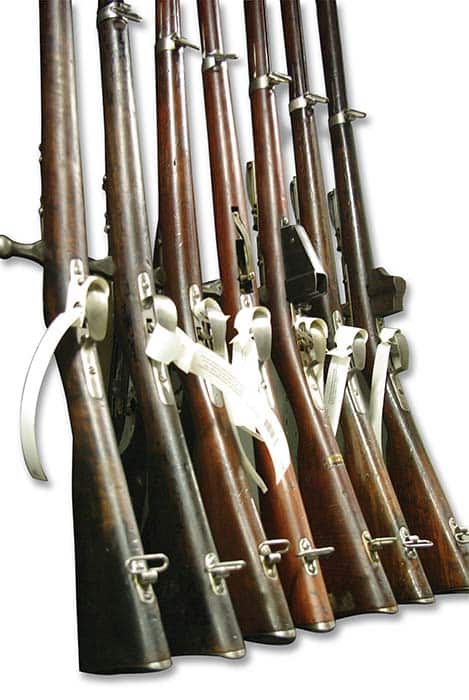
The reorganization meant a landslide. Museum staff are now employed by this Foundation, instead of by the Ministry of Defense. Uniting these collections means that both personnel and objects can more easily be exchanged. The Naval Museum, the Marines Museum and the Military Police Museum stayed where they were, but the two major collections—Army and Air Force—had to merge and move to a shared new building.
Army and Air Force together? One can imagine the outcries of indignation. Adding insult to injury, the new museum building was planned at the cradle of Dutch military aviation, Soesterberg.
Despite the differences, the new museum has proven to be large enough for the two to have their own space. Furthermore, the historical legacy has been carefully preserved. The oldest wooden building of the Dutch Aviation Department, as it was called at its inception, has been restored to its full glory. A pre-war hangar is incorporated into the new structure. Yes, some postwar buildings have been demolished, but will they be missed?
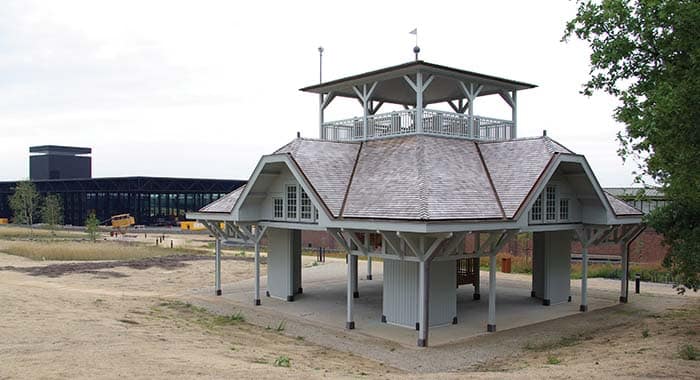
The real miracle, of course, is that a new military museum could be built at all. Defense budgets in the Netherlands have been tight for years and started increasing only after flight MH17 was shot down over the Ukraine in July 2014, killing 298 passengers and flight crew. By then, the museum was almost finished. How did they manage that?
First, there were major cuts in staff. The two museums together had 76 full-time jobs. In the new museum, there are only 31—less than half. But even with such a staff reduction you cannot build a new museum. The secret lies in the term public-private partnership.
In 2010, a competition was organized for the design and development of the NMM including the surrounding terrain. Seven consortia came forward, of which three remained after an initial selection. A yearlong consultation with these parties followed. They had to submit a plan based on detailed specifications, which included shaping the 111-acre museum park, the building itself and all the facilities for a planned 200,000 visitors per year.
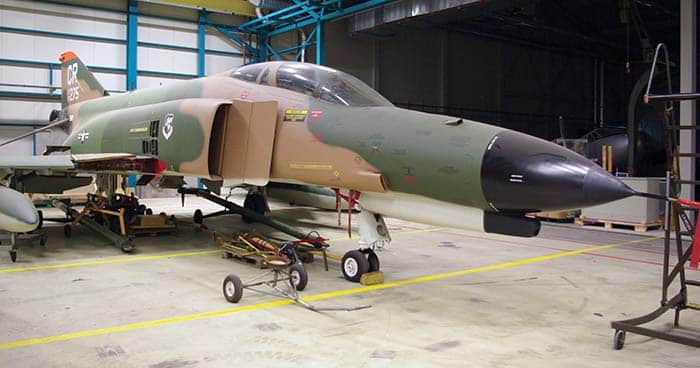
Road construction company Heijmans came out best from the selection process. The company was enthusiastic, had some bold ideas and won the tender. This meant not only that it could build the museum, but Heijmans also got operational control for the next 25 years. The company has control over the museum shop, restaurant and catering and has to organize events, for which the company receives an annual allowance from the Ministry of Defense.
Together with those rights comes an impressive set of obligations. To begin with, there was a building to erect, with the complete equipment, depots, climate control and security. The requirements for all these aspects were strictly defined. For instance, the museum has some interactive games. The contract specifies that these are not allowed to be out of order for more than five minutes; no “out of order” signs hanging for three months. Similar requirements exist for the lighting and toilets—in short, for the entire infrastructure.
The museum was built with the express intention of holding various large-scale events. On the museum grounds are three “arenas”. Unpaved, paved and uneven, so demonstrations can be held with both horses and vehicles. A tank weekend, for example. But re-enactors, a knife fair—everything is possible. One of the runways has even been preserved, for the possibility of a future aircraft show.

Enormous
But now onto a much more important topic: how does the new museum look? To begin with, it’s huge. The museum is 13 meters high, with a 4-meter-thick roof which protrudes on all sides. The main roof is rectangular: 100 meters wide and 200 meters long. It provides a huge space, inside which armored vehicles and aircraft almost vanish. A Dornier Do-24 flying boat stands almost casually in a corner. And that huge building itself looks small in the vast landscape.
From the outside, the museum appears like a large shoebox. The inside is different. The huge glass outer walls are lined with the heaviest equipment: artillery, tanks, military vehicles and aircraft. Further inside, the building is divided into floors, halls and galleries, with surprisingly intimate corners.
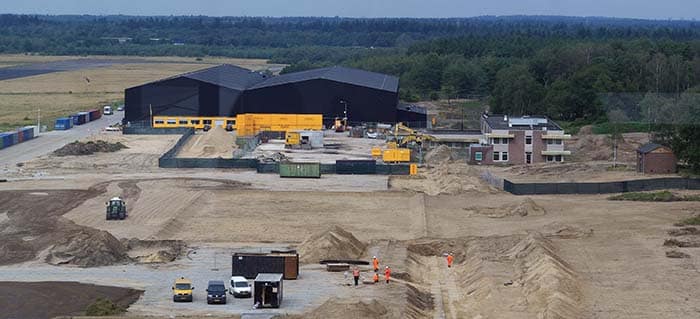
The exhibition focuses on a number of topics, both chronologically and thematically. The “ring” with heavy equipment is divided into the periods of 3000 B.C. to 1500, from 1500 to 1839, from 1839 to 1945 and from 1945 to the present. The inner circle covers a variety of themes. Who are the Dutch? Military life, military operations, society and the armed forces and the future of the armed forces; all of these are shown on different levels, with objects, images and sound. In between, there are sudden intimate moments. A treasure room, for example, with an abundance of paintings and trophies, edged weapons, Japanese armor and Dutch ivory pistols. The main exhibition area has separate rooms with themes like camouflage, explosives, pilot clothing and ejection seats.
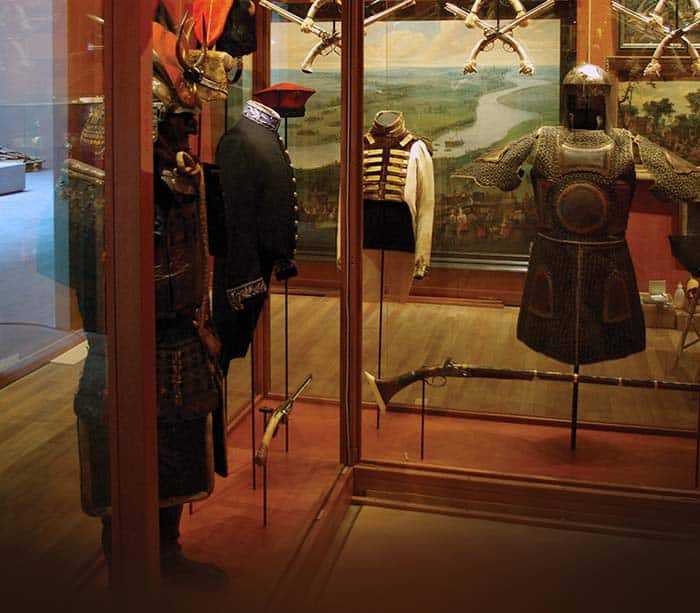
Arms Lovers
The National Military Museum aims at a broad audience. It wants at least 200,000 visitors a year, which you get only if there really is something going on. Thus far, it has succeeded remarkably. In its first year, it attracted more than half a million people.
The hardcore fans don’t need to be disappointed either. The army museum in Delft had a phenomenal library and a wonderful study collection. Both are still there. A little behind the museum are black buildings, in the form of two hangars, harboring the study collection, storage and library. You can go there by appointment. The museum itself has a Knowledge & Information Center: a hall with computers giving access to the collection and a core library of several hundred of the most requested titles. It reflects the intention that—from beginner to expert, from tourist to military historian—the National Military Museum is trying to serve everyone.
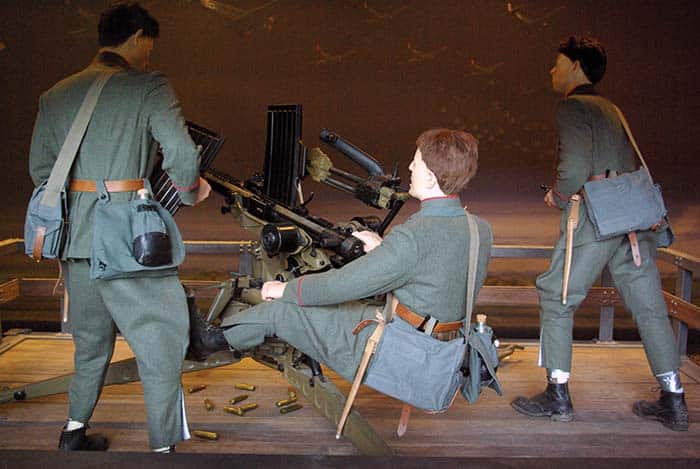
In addition, the museum’s infrastructure has been substantially modernized. There are large deposits with air-conditioned rooms, maintenance workshops and special facilities for the safe storage of old prints and photographs.
Of course, there are some negative sides as well. The new museum has become a commercial institute, which means you have to pay for everything. There is little budget for acquisitions. And since neither the library nor the study collection is “core business,” their future might still be insecure. All details of the new museum can be found at www.nmm.nl.
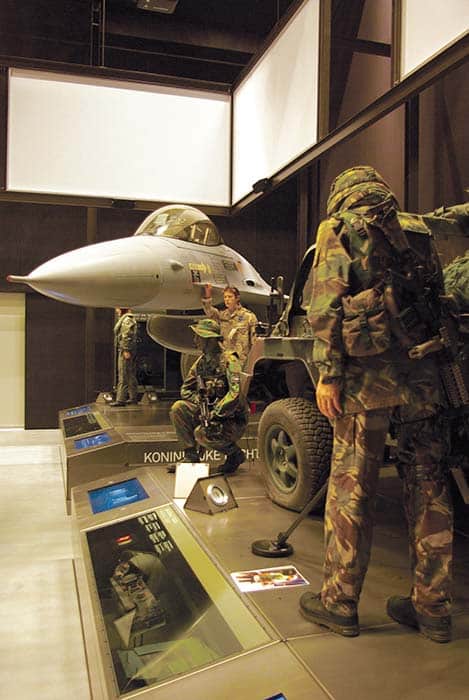
| This article first appeared in Small Arms Review V21N6 (July 2017) |












